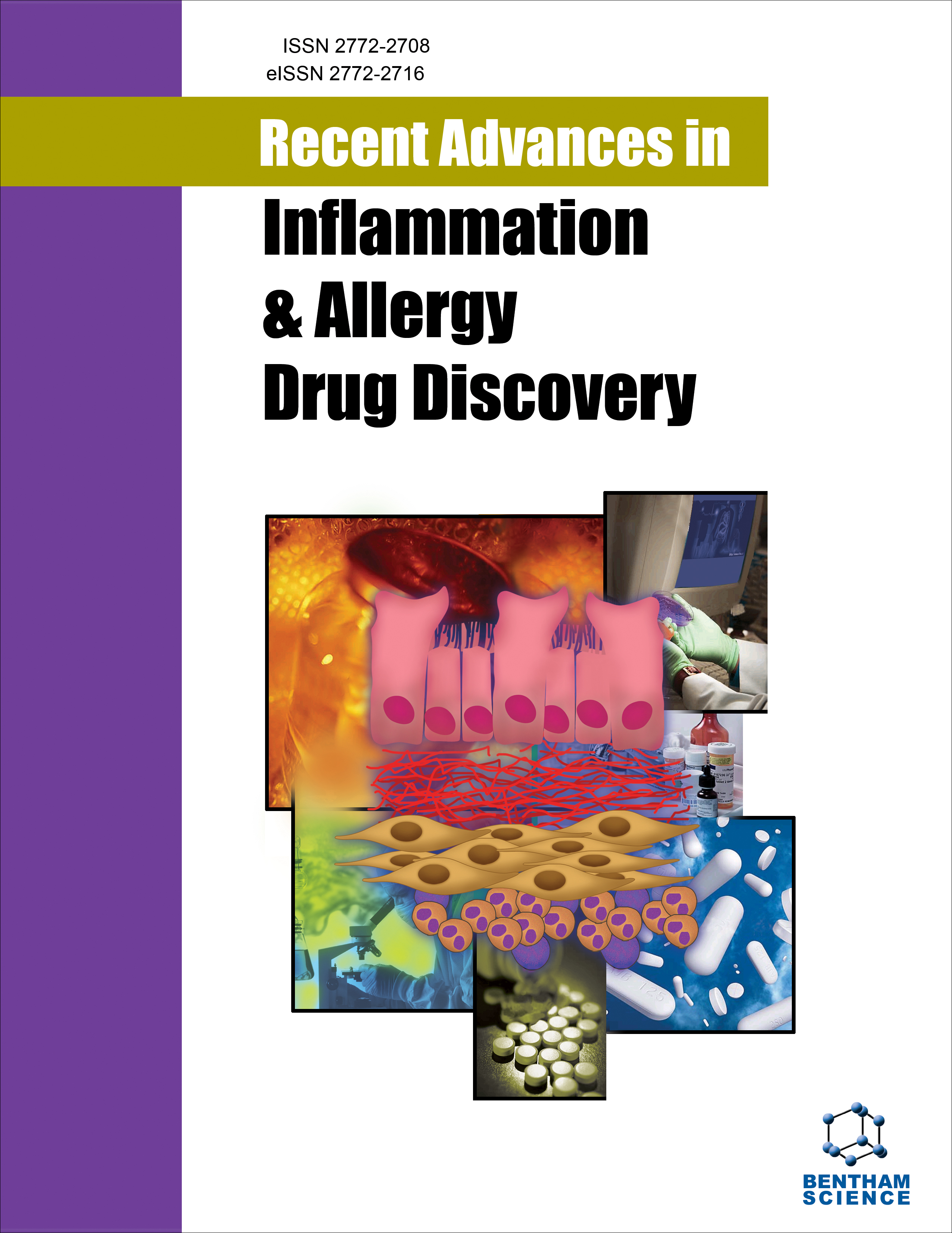
Full text loading...
We use cookies to track usage and preferences.I Understand

Acanthosis Nigricans is a dermatological condition characterized by hyperpigmented velvet plaques that can be observed in flexural areas such as the neck, axilla, and groin. AN is frequently associated with insulin resistance and obesity, however, it can also appear in non-obese people and as a paraneoplastic disease. Its prevalence varies across different populations, with higher rates observed in individuals with obesity, diabetes, and certain genetic syndromes. Classification of AN can be based on underlying etiology, distinguishing primary and secondary forms. Pathogenesis is the complex interplay of genetic, hormonal, and environmental factors, with insulin resistance playing a central role. Diagnosis relies on clinical evaluation of characteristics of skin changes, often requiring further investigation for underlying systemic disease. Topical therapies involve keratolytic agents, retinoids, and alpha hydroxyl acids to improve the cosmesis and reduce the plaque's thickness. Treatment strategies address underlying conditions by emphasizing lifestyle modifications and in some cases, pharmacological interventions.
This review aims to comprehensively examine the pathogenesis, clinical manifestation, and management of acanthosis nigricans.
AN is closely linked to insulin resistance, characterized by impaired cellular response to insulin, leading to compensatory hyperinsulinemia. Recognizing AN’s clinical presentation is paramount for early diagnosis and appropriate management.
Acanthosis Nigricans is a skin condition characterized by dark, thickened patches of skin, typically occurring in skin folds and creases. It can be a sign of an underlying health issue such as insulin resistance, obesity, hormonal disorders, or certain medications. Proper diagnosis and management of the underlying conditions are crucial. Treatment may involve addressing the underlying causes, lifestyle changes, and topical medications to improve the appearance of the skin. Regular monitoring and follow-up with a health care professional are essential for optimal management and to prevent complications.

Article metrics loading...

Full text loading...
References


Data & Media loading...